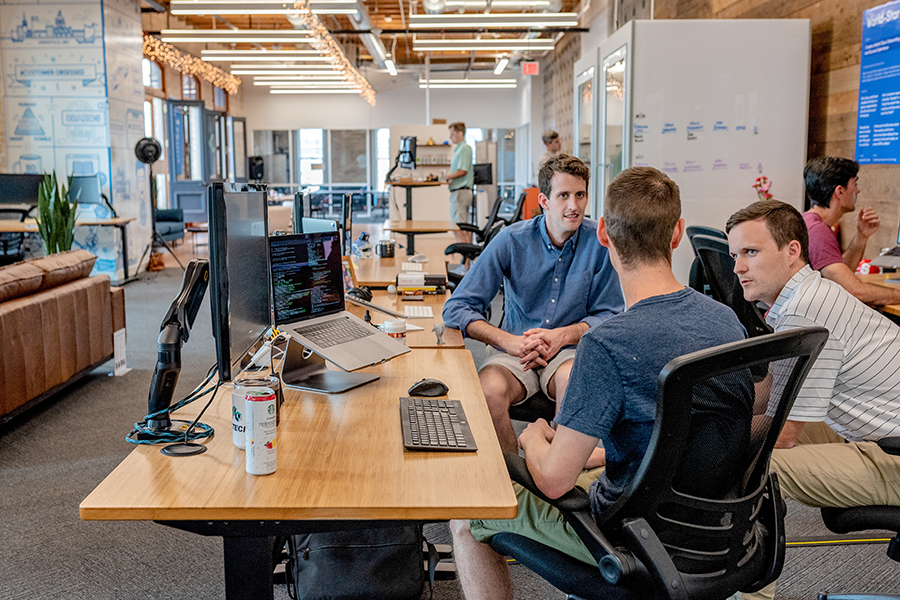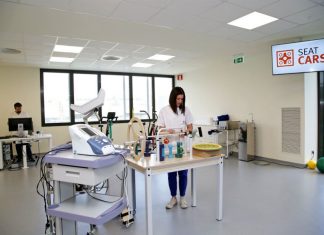
Donna Kimmel, EVP and Chief People Officer at Citrix, is a recognized expert in delivering cultural transformation at large organizations and in creating meaningful programs that empower people and maximize productivity.
Here, she talks about how new technologies are reshaping the workplace, turning the talents and aspirations of employees into the primary driving force of business success.
How is digital technology changing the relationship between employer and employee?

Over the past five to seven years there has been a strong shift in power favoring employees. There is a transformational change taking place across organizations, with new technologies enabling companies to adopt a people-centric culture that powers collective business success. At a time of increasing technological complexity and social challenges, our solutions can help reimagine the workplace and put people and productivity first. At Citrix, we live this. We believe strongly that if we focus on what is important to employees and clear obstacles so that they can do what they do best, then we boost productivity and deliver even stronger solutions. The company wins. The shareholders win. Our customers win.

How is the importance of human capital changing as a consequence?
For a business to be successful, you need a strong and relevant business strategy and you need to drive your financials in the right direction. But you can’t do any of that without the right people. There is an increasing recognition of that across the economy. In my own career, I have seen the HR function take on a new role advising the leadership team about forming a people first strategy that drives results. I believe human capital is as important as financial capital.

How can companies respond to the needs of millennials and Generation Z?
Millennials have done a great job at pushing for better ways to get work done. Their emphasis on purpose-driven work, flexibility and innovation have benefitted us all. Today, we’re seeing four and sometimes five generations collaborating together in the workplace. They each have their preferences and as work focuses more on the individual we’re seeing that giving people choice is key to engagement—the day of one-size-fits-all policies and technologies are numbered as employers create more inclusive programs that appeal to a broad range of people and their preferences. Having an engaged, talented and motivated multi-generational workforce is critical to the success of any organization.

Companies need to create a workplace that enables employees from all walks of life to be their best every day, within a flexible environment that enables them to collaborate whenever, however and wherever. Work is not a place anymore. It is a collection of activities. Employees are integrating their life with work and making the workplace a very fluid place. The workspace environment has to inspire every employee to contribute to the best of their ability.
“I believe human capital is as important as financial capital.”
Donna Kimmel, EVP and Chief People Officer, Citrix
What can Citrix do to deliver that vision?

We are how the future works. Not only are we creating solid business solutions centered on experience, security, and choice, we are customer one of our technologies. We’re taking our experiences and using them to build better offerings for our customers. Everything from flexible working to intelligent workspaces that learn our behaviors and save us time.
We have an employee-centric vision we’re ready to share with the world and help employees and employers everywhere deliver amazing ideas and results![]()
As published in TIME magazine































